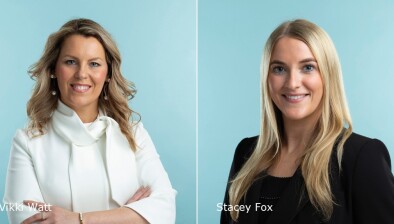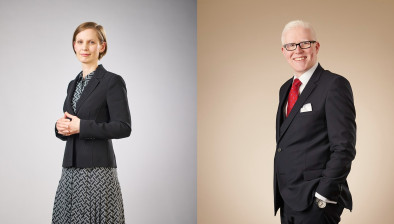Blog: Why the construction industry needs to embrace diversity

Matthew Goff, director of UK operations at Actavo | Building Solutions, explains why having a diverse workforce can achieve better results across the business.
The Equality Act 2010 sets a legislative framework for diversity in the workplace and provides legal protection for workers who may be discriminated against.
No UK employer has a choice about adhering to that legislation. But they can choose whether or not they actively embrace diversity rather than simply stay within the rules.
Gender-gap in construction
According to the Office of National Statistics (ONS), from the boardroom to the building site, it’s estimated that women account for just 12.8% of the industry’s workforce. This is a shocking statistic, but not unsurprising. A Keepmoat survey has found barriers to career progression could just be one reason why the construction industry has trouble attracting and retaining women.
The gender pay-gap is another barrier. ONS data suggests the pay-gap in construction between men and women is 45.5% – with women paid an hourly rate of £8.04, compared with £14.74 for men.
But the gap in gender equality in construction seems to be shrinking. In 2015, the construction industry saw a 20-year high in the number of women employed, and since then, the number of women entering construction is growing 6.6% year-on-year.
We need a more inclusive workforce
Diversity is about respecting and celebrating differences. We cannot make an organisation inclusive by forcing staff to fit into an existing culture – that’s not the way to maximise potential. To properly embrace diversity, we need to ease difference into our workplaces.
Traditionally, the construction industry has been defined by how physical our environments can be. Whilst it may generally still be younger males performing the hard-physical work on sites, the point is, if any individual has the ability to undertake a task – regardless of their age, gender, ethnicity, sexual orientation or physical impairment – no barriers should stand in their way.
Things are changing. Innovation and technology are altering the way we do things. Modular building techniques have taken much of the work from a building site into the factory and that move has far-reaching consequences.
Firstly, it’s easier to both train people who are in a factory, and to check the quality of their work before it leaves the building. That way of working may suit a different demographic to working on a building site.
A more inclusive workforce – one with different ages, genders and backgrounds, including ethnicities and abilities – involves adjusting our mindset. We need to strike the balance between smarter ways to retain and retrain workers with years of experience, while creating opportunities to pass those skills on.
There’s a strong business case in favour of diversity
While there is no sustainable argument against diversity, the construction industry cannot yet boast a proud track record in this area. That said, a report – published by the Equality and Human Rights Commission – did observe that the industry was “showing green shoots of delivering on diversity”.
The moral and legal imperative for diversity is complemented by a compelling business case for incorporating both diversity and inclusiveness into one’s corporate culture.
At the beginning of 2015, the McKinsey report, Why Diversity Matters (January 2015), showed that gender-diverse companies are 14% more likely to perform better than non-diverse companies. Ethnically-diverse companies are 35% more likely to perform better.
The National Centre for Diversity cites three reasons why we need better diversity in the construction industry: the pool of talent is increasingly diverse; people making purchasing decisions are also increasingly diverse; and diverse workforces unlock more innovation.
The construction industry needs to embrace best practice in terms of diversity, in order to benefit from the broadest pool of talent available to it. Embracing diversity and working in unison gives us different and better ways of thinking.
The Actavo Way
Changing a culture has to happen from the top down, and diversity is a management issue. It must be a requirement for all leaders, not just the HR department. For its part, Actavo’s leadership has created a Diversity & Inclusion Steering Group, charged with devising a programme of work that helps really move the dial on this front.
People are our most valuable asset. By enhancing the diversity of a workforce, we can create a wider pool of potential talent, but we must create workplaces where employees feel supported and valued.
Diverse organisations want to work with like-minded partners. Actavo works with some of the largest construction companies in the world and each embrace diversity. As well as being an equal opportunities and disability confident-committed employer, Actavo has created the Actavo Women in the Field Group, which has been established to help encourage more women into field-based roles.















